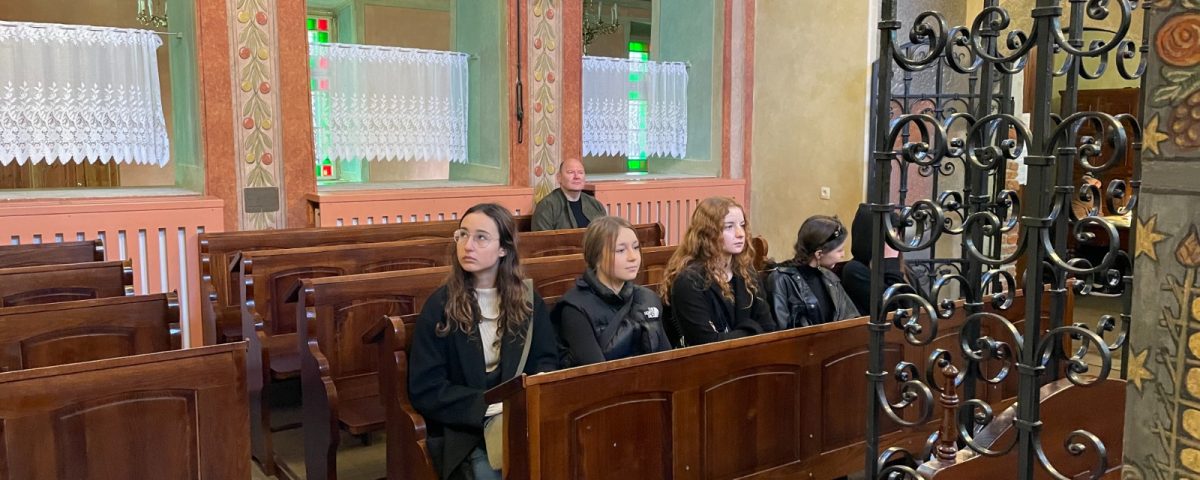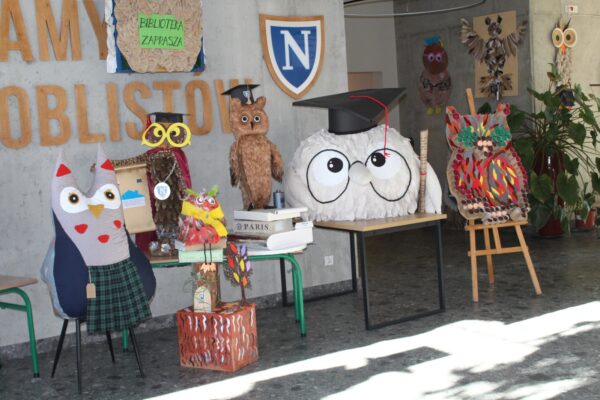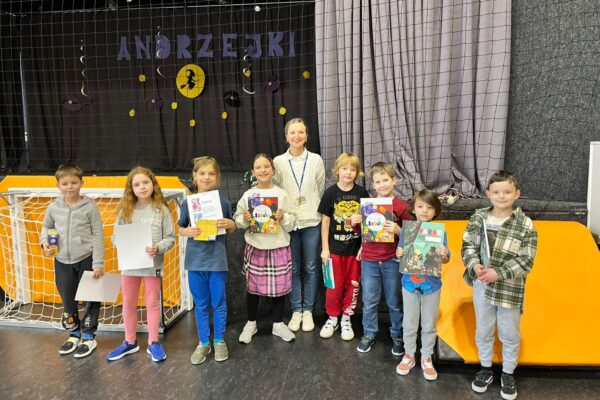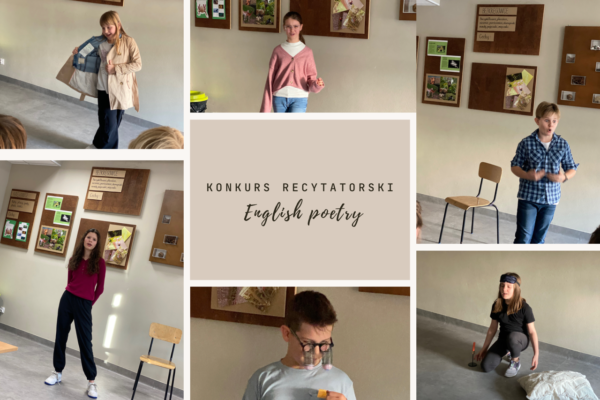Last Friday our high school students and their guardians attended an educational walk on Krakow’s Kazimierz area. The trip was part of the school’s Krokus Project, which commemorates children’s victims of the Holocaust. During the walk we covered the topics of life before the war, the Holocaust, and the rebirth of Jewish life after 1945. The students had the opportunity to see the nooks and crannies of Kazimierz and learned about its history during a visit to Remu Synagogue and Old Jewish Cemetery.
We also had an opportunity to visit a photography exhibition at the Galicia Jewish Museum, and meet with Mrs. Lidia Maksymowicz, who, as we read in a note from the publisher of the reportage describing her fate, “was one of one and a half million people who went through Auschwitz. One of the seven thousand who survived to see the liberation of the camp. A number tattooed on her hand. She covered it with a patch for a long time. So that people wouldn’t ask, so that she wouldn’t have to explain. But she didn’t remove the number – to speak, today, about the hell she has survived, her lost childhood and the darkest test of her humanity. More than 70 years later, the now faded number which was kissed by Pope Francis. 70072 – a symbol of victory over hatred.”
For those further interested in Ms. Lidia’s story please be referred to the Nobel Library, where her book “The Girl Who Couldn’t Hate” is accessible.





